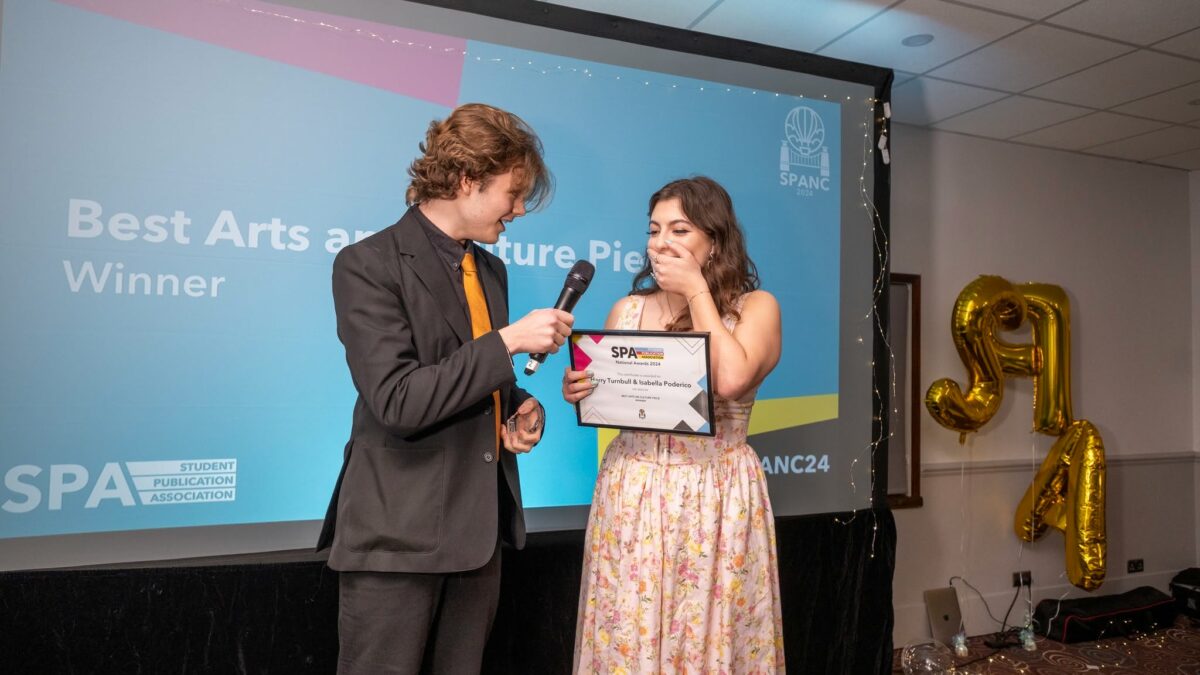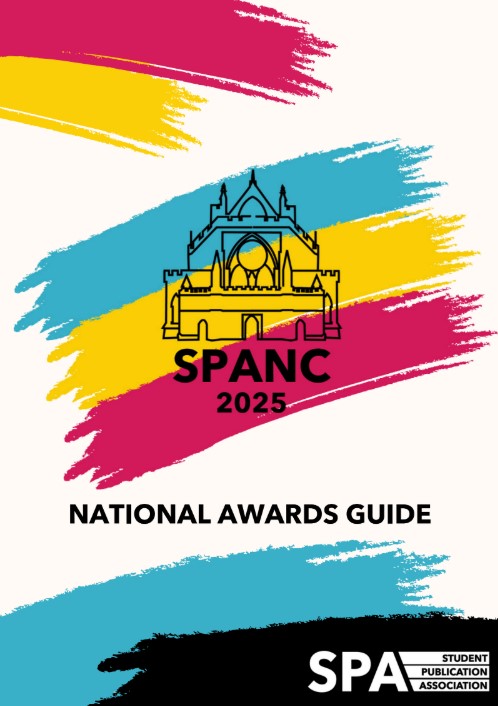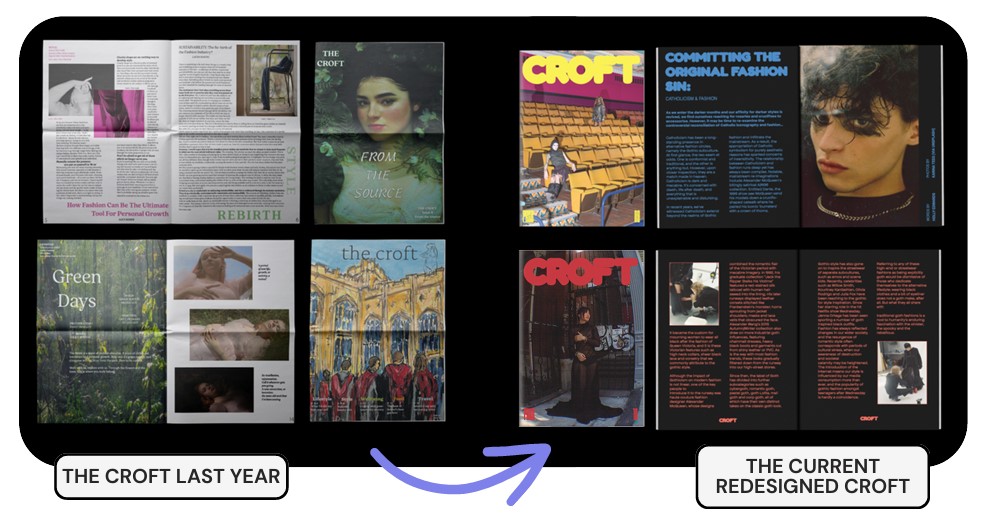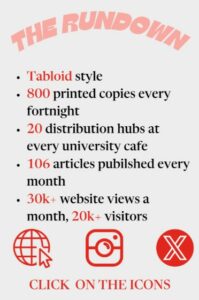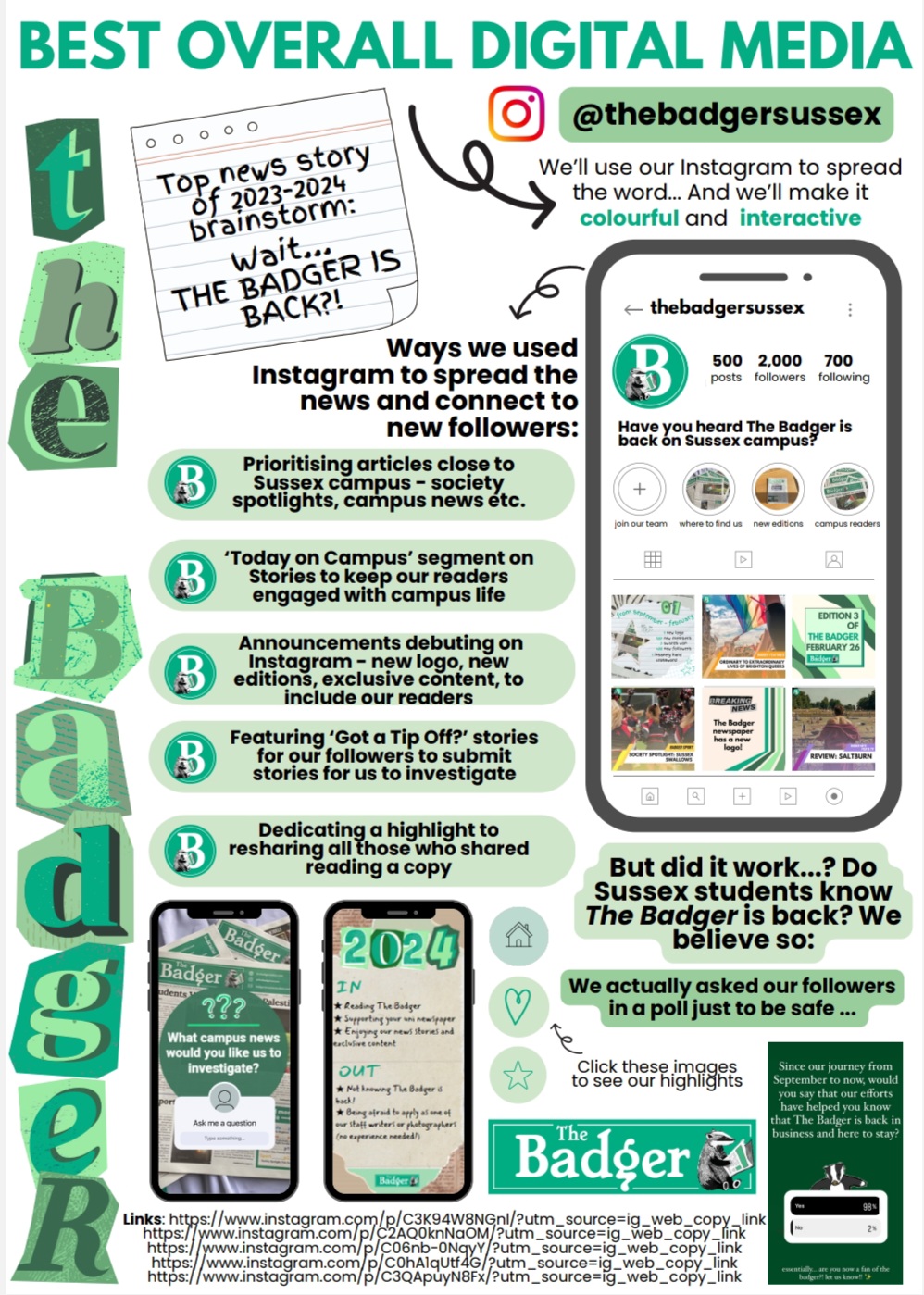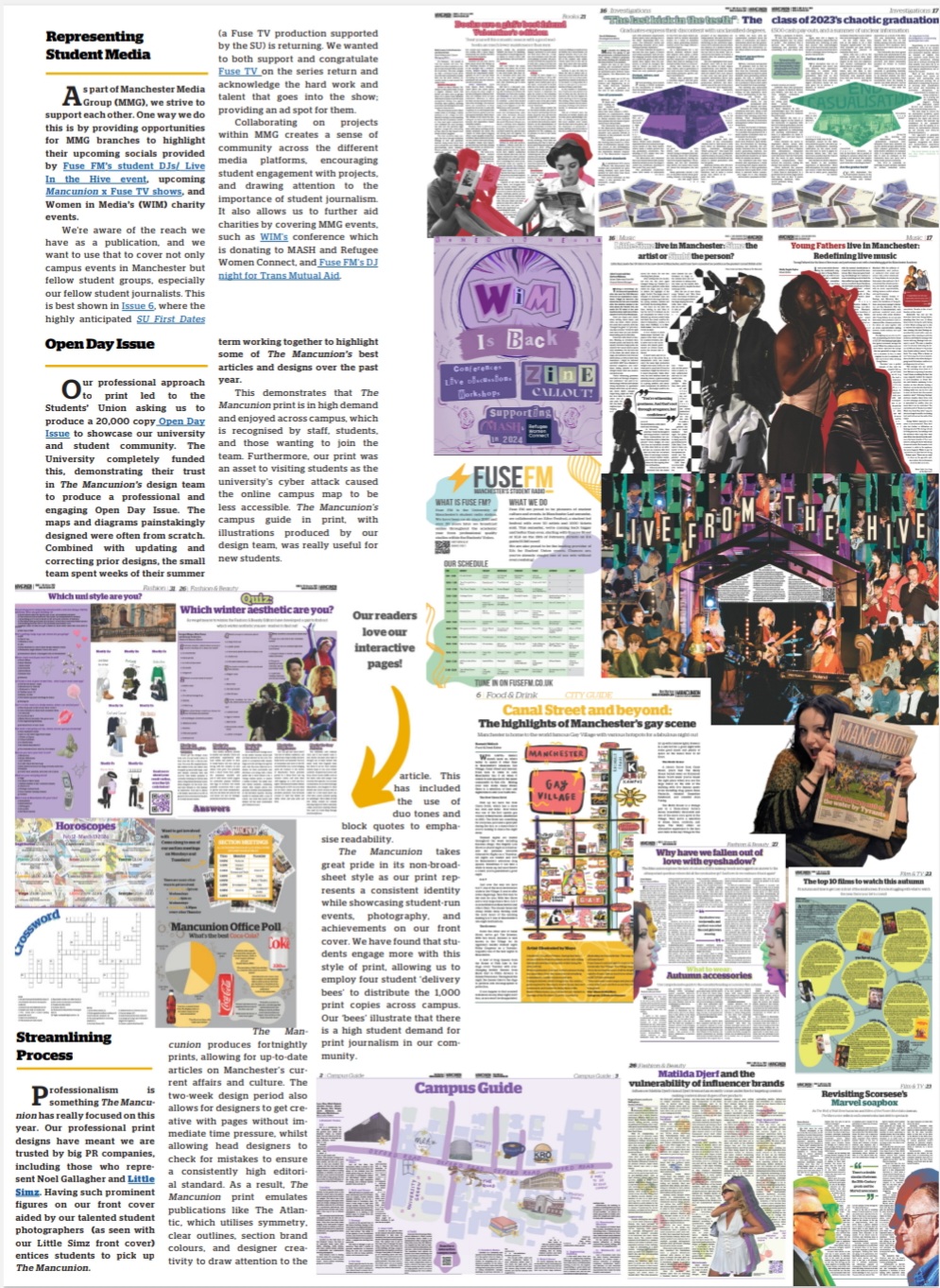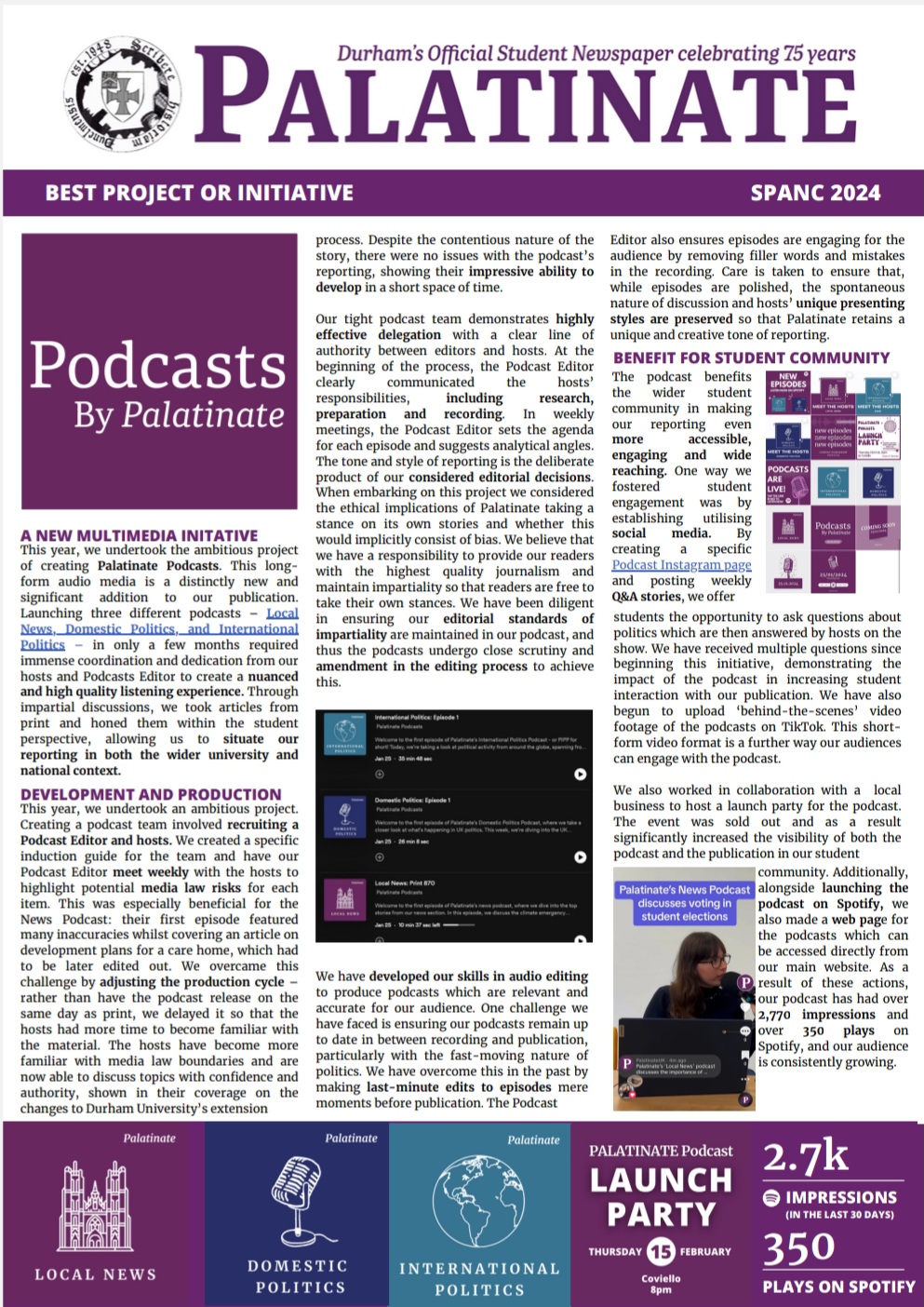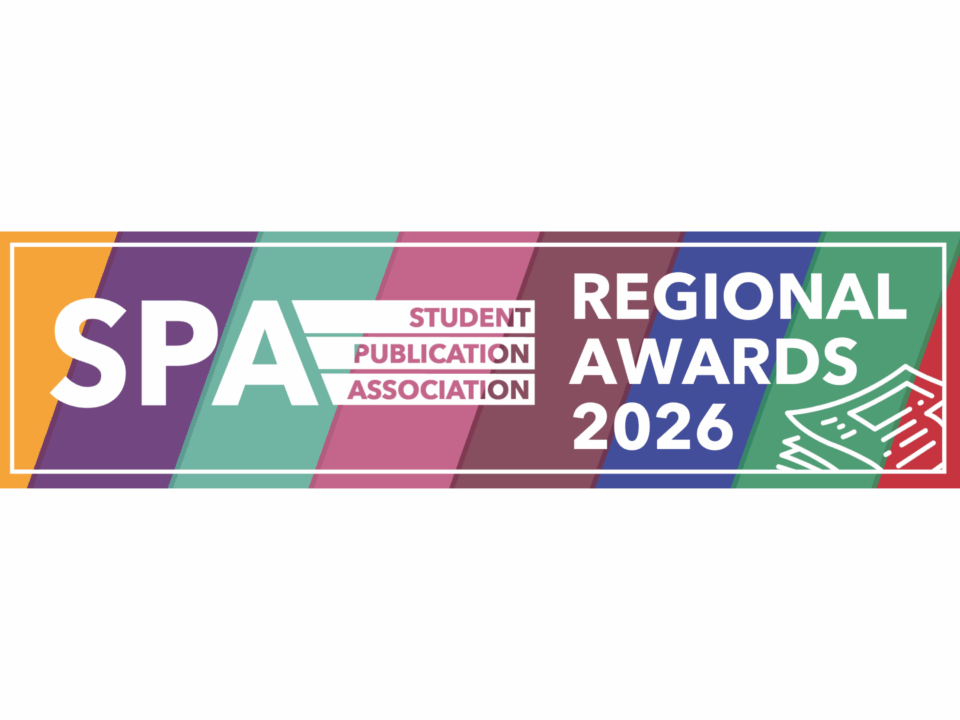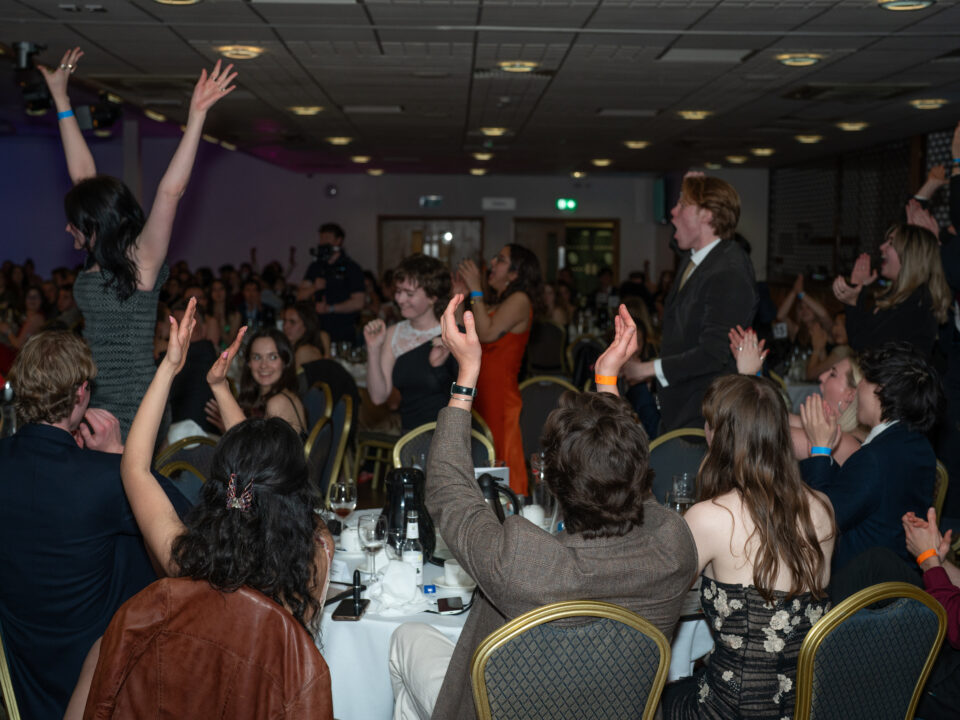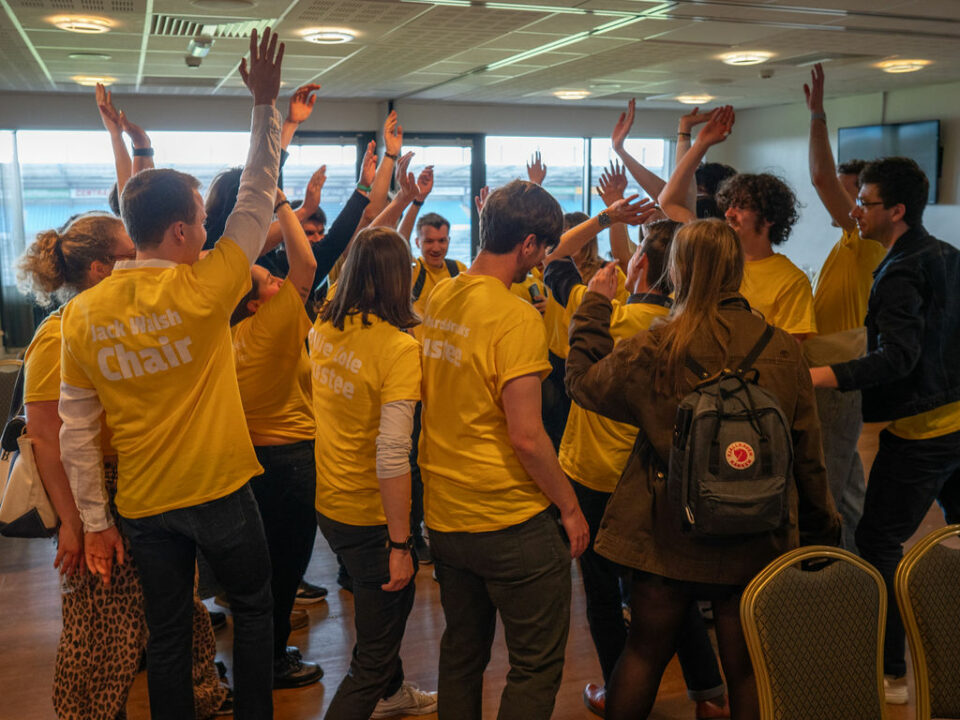
The #SPANC25 Financial Assistance Scheme (FAS) is now open

Help Wanted: Student journalism is looking for your support
#SPANC25: Get your award entry fit to submit
There's not long to go to get your award nominations submitted for the SPA National Awards 2025, so we've collated all the top tips to help you get shortlisted and in with a better chance of winning at #SPANC25.
This is alongside categories for news, culture, sport, features and of course our publication awards including Best Newcomer and the sought after Best Publication.
Here you'll get the lowdown on what our trustees panel look for when shortlisting, plus some simple tweaks and tricks that can make your entry stand out from the crowd when it gets in front of our judges.
First up, it's worth clicking through and giving our national awards guide a full and thorough read. Every category has different requirements for entry, from word count to the amount of supporting pieces you can submit. Download it, keep it close, and if you've got any questions email admin@spajournalism.com
Break up your text with subheadings
For publication submissions the maximum word count is much higher so improve the readability with subheadings. Quench Magazine who won Best Culture Publication last year used subheadings to clearly outline their achievements and why they should win. In previous years publications have also used the awards criteria as their headings.
"The main thing is to make your entry clear and easy to read. Put the most important bits first, think of it like a news story - sharp and to the point, avoid essay-style writing. This also goes into design — a nice design can work well, but not at the expense of being easy to read. We’re looking at your work ultimately, so don’t be put off if design isn’t your thing."
Show progress and include stats
An easy way to show impact is with stats. The Badger (Best Overall Digital Media HC, 2024) included their social media stats to show how they had grown their engagement. You can also show us progress in terms of new members involved, or screenshot how your publication's design or website has developed over the course of the year.
The Croft (Best Magazine Design winner, 2024) showed the development of their print design.
The Student (Best Publication winner 2024) had a great use of stats to show their output.
"I'm often looking for impact and evidence. I want people to show or tell me what happened as a result of an article they wrote - whether through social engagement/views of the piece, or changes in university policy. Tangible ways in which you've helped improve the lives of your readers are a big tick for me."
Make it visual
As well as your links, include screenshots of your publication or website. You can even show us what your socials look like on phones using Canva frames. Your links may be limited but pictures are not!
"Generally we reward highly student focused or localised stories! Judges are more likely to reward entries that show a good understanding of what audiences want from your publication and areas you’re able to speak about knowledgeably. We’d rather read a match report of your university team than a Premier League match from the other side of the country!"
Include specific articles even in publication submissions
Highlight the best articles your publication has produced this year and tell us why. Did they change policy on campus? Was there a difficult media law issue to navigate? Did it get the student body talking? Our judges can't see what you've submitted for other categories so show them the brilliant range of reporting within your publication.
You can see an example of this here. Also make sure you talk about your work's impact in individual submissions - see examples here and here.
“I love a submission that shows an understanding of / ability to hold power to account - does the SU lead on the issue? Is it a university issue? Local council? I also look for collaboration with other groups, societies or the local community. That’s a great way of showing impact and understanding of your audience.”
And finally...
Watch our online session from Jem Collins as she shares her top tips! Packed with extra insights, and answering questions from members, Jem runs through the things that should be top of your mind as you're finishing off that nomination. Stick it on and get ahead of the competition. Remember, nominations close on 16th February!

